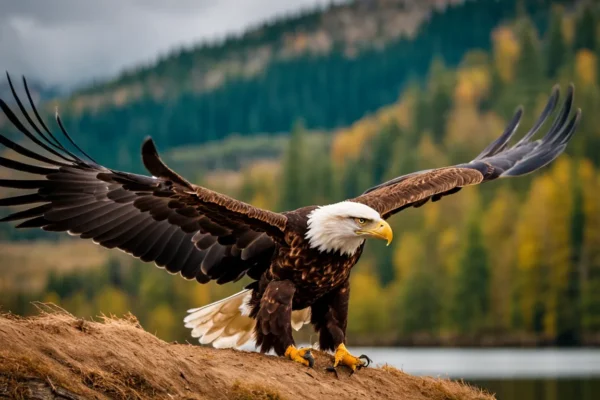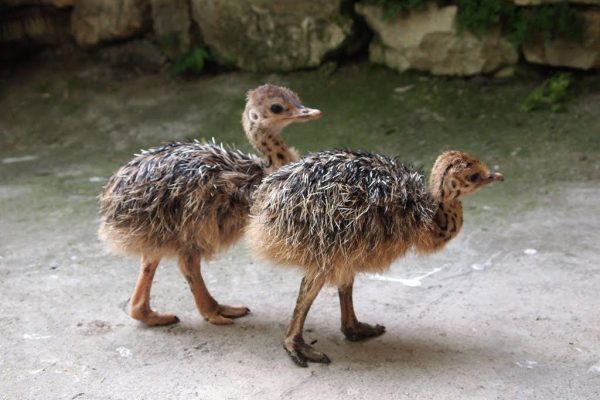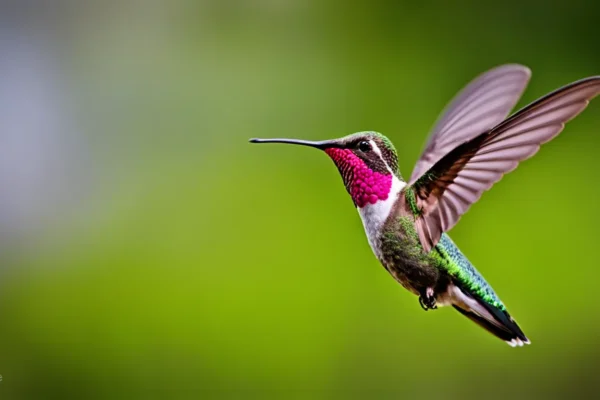Pheasants are often seen of as being on the ground, either feeding in rural areas or dashing idly across highways. Could pheasants, however, fly like other birds? We’ll go over and attempt to address frequently asked issues about pheasants and their flight in this post.
Although they can fly, pheasants often use their brief, explosive, and swift flights as a last-ditch effort to escape dangers and danger.
Most of the time, when faced with danger, they would rather just roll over on the ground. Many kinds of pheasants spend the day foraging on the ground, then at night, they will fly up into trees to spend the night safe from predators.
Distance
Typically, pheasants can only fly a distance of around 2 kilometers at a time. This is due to the fact that their flight is explosive and requires a lot of energy, both of which are unsustainable over extended distances.
Simply put, when it comes to flying, they lack the stamina of other birds. Pheasants will benefit from strong winds and may be able to fly for a little while longer.
A 6.5 km flight over the water was the longest pheasant flight ever recorded, which is quite unusual for these birds.
Speed of Flight
When in flight, pheasants typically cruise between 38 to 48 mph (61 to 77 km/h). They are capable of reaching peak flight speeds of 60 mph (96 km/h) while being pursued.
Compared to the 8 to 10 miles per hour they can run, this is much faster.
Maximum Elevation
In contrast to most other bird species, pheasants often stay closer to the ground due to their short, explosive flight style, which prevents them from flying at great heights.
Age: Although it varies significantly across species, young pheasants can often fly for short distances between the ages of 7 and 12 days. this is because the feathers used for flying grow first.
Can pheasants of all kinds fly?
Yes, all pheasant species—including the very common Ring-necked Pheasant and Golden Pheasant—have the ability to fly.






